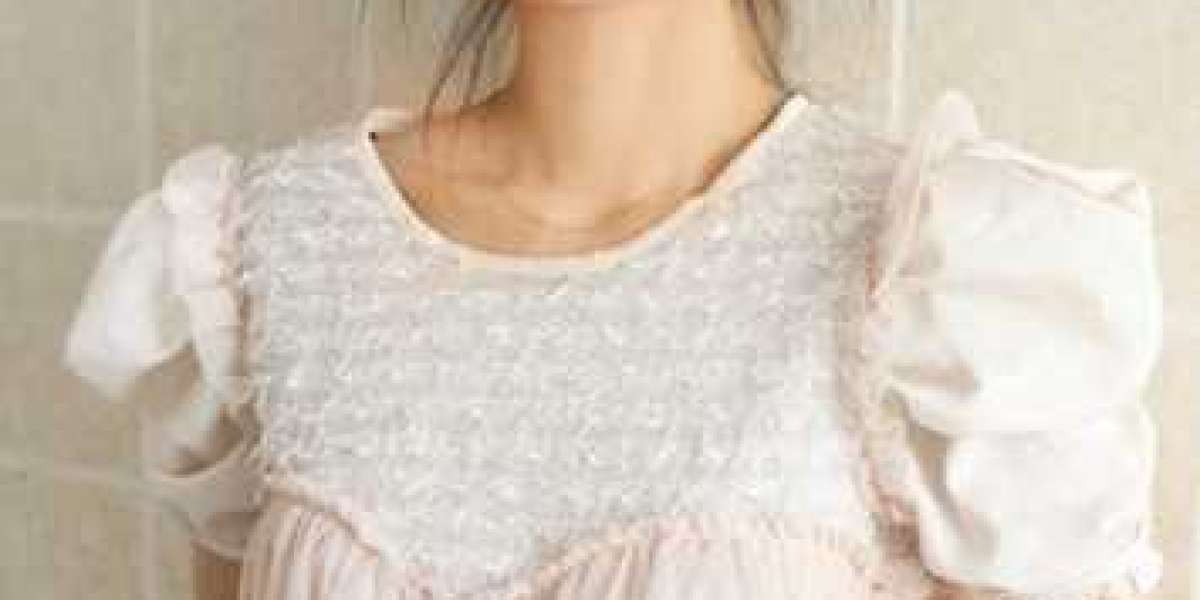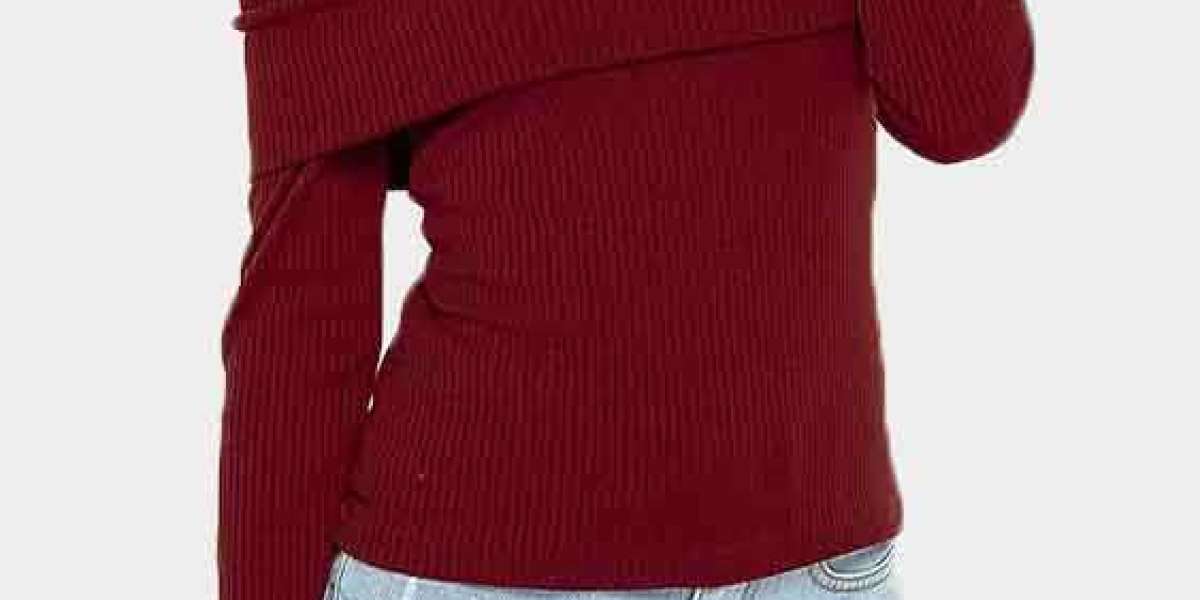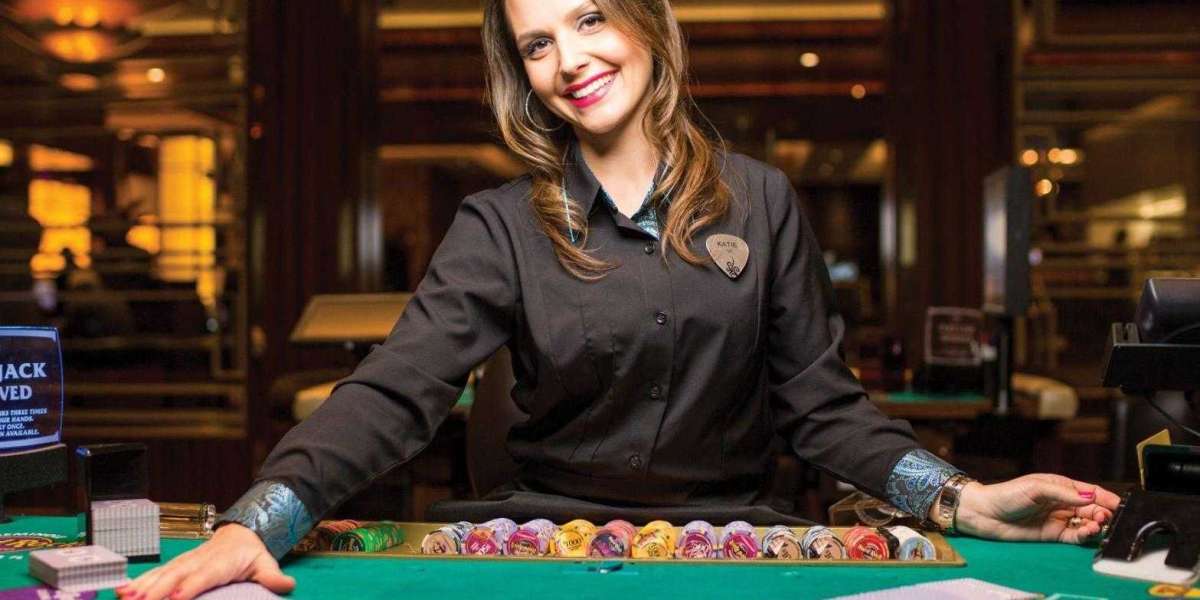Masks rules on flights
You can't board the flight with those masks". That's what an American couple were told as they were about to hop aboard their midsummer flight to Munich at Rome's Fiumicino Airport. Seems their surgical masks were frowned upon in the state of Bavaria.To get more news about quality medical surgical mask factory outlet, you can visit tnkme.com official website.
Only FFP2 masks would do, they were told, and that applies to passengers on incoming flights. Panic and dismay spread across their faces, but an airport vending machine solved the problem and all ended happily, but it was a near miss.
As if travel wasn't already enough of a minefield. Different vaccination requirements, pre-flight PCR tests, quarantine snags, sudden lockdowns and now this. Turns out that the requirements for mask wearing in Europe will make your head spin.
Some jurisdictions require masks inside, some outside, some in venues with more than 100 people and some not while others demand a certain type of mask – such as Bavaria. In nearby Austria, FFP2 masks are required on public transport, in cable cars, supermarkets, chemists, petrol stations and banks. So just exactly what is an FFP2 mask?
All these masks are similar. All are made from multiple layers of synthetic material, but they're certified according to different national standards. The FFP standard is the EU certification while N95 is the US standard and KN95 is the Chinese equivalent.
N95 masks are so named because they can filter at least 95 per cent of particles as small as 0.3 micrometre, and a micrometre is one-millionth of a metre. COVID-19 is primarily spread by larger respiratory droplets, at least 5 micrometres.
According to some US studies, N95 masks are slightly more breathable and therefore more comfortable than KN95 masks, but note that most N95 masks are also made in China. In a study conducted by 3M's Personal Safety Division, the filtration performance of FFP2 masks was found to be at least 94 per cent. The same study found FFP2 masks have a slightly better flow rate than N95 masks, which makes beathing easier, while the inward leakage, as measured on subjects performing exercises, is the same for both masks.
Masks in this category are commonly sold as P2 masks in Australia. Some have a valve which makes breathing easier, but the protection only works in one direction. The mask will protect the wearer, but the valve allows virus particles to escape. The US Centers for Disease Control and Prevention recommends against such masks and they're forbidden on US airlines, which require masks to be worn at all times on board.
These masks are only at maximum effectiveness if they fit tight. Facial hair will increase the leak factor. Makes sense, doesn't it? Just like a standard dive mask, or my swim goggles when my eyebrows bush up, bearded blokes have a problem.














